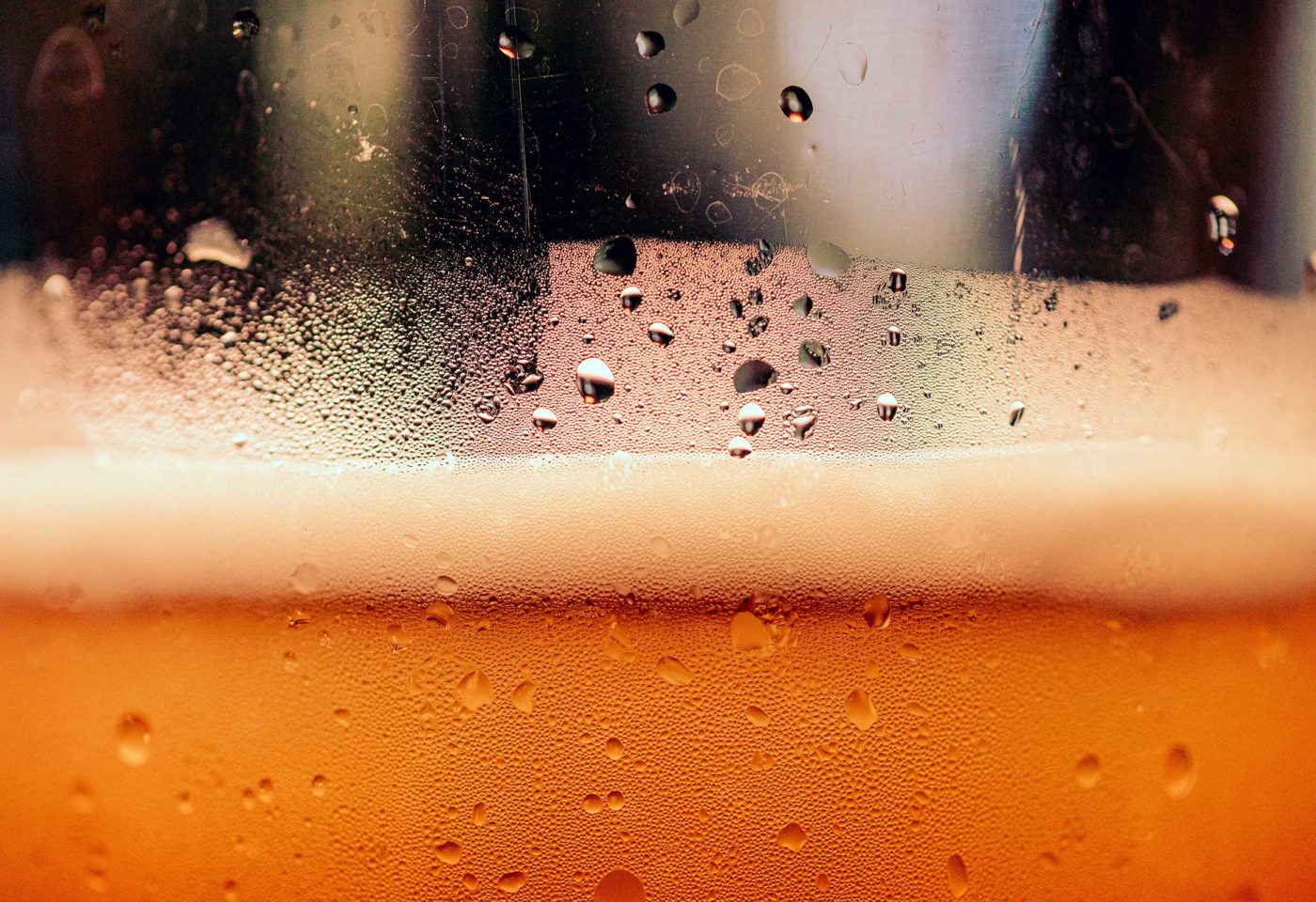
In Western Canada and around the world, the energy sector is rapidly transforming to one that promises to be cleaner, greener and more efficient. Each month, the Canada West Foundation’s Energy Innovation Brief brings you stories about technology innovations happening across the industry – in oil and gas, renewables, energy storage and transmission. If you have an idea for a story, email us at: .
The Sustainable Beer Issue: Canadian Breweries looking at the ‘Big Pitcher’
This issue of the EIB takes a look at the wonderful world of beer. While it may seem like a strange subject for the Energy Innovation Brief at first, the sustainability efforts of breweries can be viewed as a microcosm of the efforts of Canadian industries as a whole. You may not often think of the resources required to produce your favourite pint, but the water, energy, and waste (in the form of spent grains and packaging) can add up quickly. Producing one barrel of beer (117 litres) requires anywhere between 352 and 821 litres of water, consumes 50-66 kWh of energy, and results in 16-23 kg of spent grains. Steps like using renewable power or recycled wastewater can go a long way. This issue highlights the efforts of breweries – large and small – to reduce their impact.
In this issue:
1. Budweiser Canada closes record-setting renewable power purchase agreement
2. Sewage to suds
3. From beer to bread and back again
4. Australia water treatment plant converts beer to power
5. Craft beer maker uses carbon capture
Budweiser Canada closes record-setting renewable power purchase agreement
Last month, Budweiser Canada announced a long-term virtual power purchase agreement with Capital Power that will enable it to source 100% of the electricity it needs to brew Budweiser in Canada from renewable sources. The beer maker has committed to purchasing 51% of the solar power generated by the Enchant solar facility in Taber, Alberta, a commitment that is critical in supporting the construction of the 75 MW solar farm. The benefits of this partnership will extend well beyond the two companies involved when the remaining 49% of the clean power generated at the plant hits the Alberta grid in 2022. In addition to this agreement with Capital Power, Budweiser has invested more than $1 billion in renewable energy projects around the world and as a result has brewed over 10 billion beers with renewable power.
Read more about the Budweiser/Capital Power announcement here.
Sewage to suds
In 2020, Village Brewery teamed up with the University of Calgary’s Advancing Canadian Wastewater Assets (ACWA) program and Xylem Inc. to release a limited batch of beer brewed using municipal wastewater. The wastewater – sourced from the Pine Creek Wastewater Treatment Plant – was treated using biological nutrient removal, followed by advanced water treatment technologies including ultrafiltration, advanced oxidation, and reverse osmosis. After being tested against the Canadian drinking water guidelines, the former wastewater was sent to Village Brewery to be used in the special batch Village Blonde Ale. This project is the first of its kind in the province and will hopefully act as a proof of concept to advance the prospect of more wastewater reuse efforts in the future. Assuming we can get past what ACWA calls the “yuck factor,” the applications for reclaimed water extend far beyond the beer industry.
Learn more about the water treatment and brewing process here.
From beer to bread and back again
In Ontario, The Spent Goods Company, with the help of Henderson Brewing Co. and the Drake Commissary bakery, has been turning leftover barley grains from the beermaking process into bread since 2018. The Toronto-based company manages the supply of grains from the brewery to the bakery and distributes the final baked goods—in the form of bagels, English muffins, and sourdough breads—to local grocers, farmers markets and restaurants. By upcycling the used grain the company can divert a portion of the ~16,000 tonnes of brewery grains that end up in Ontario landfills each year. Since its inception, Spent Goods has sold over 73,000 loaves of bread.
Halfway around the world, UK-based Toast Ale is taking the opposite approach to removing waste from the brewing process. Driven by a goal of reducing food waste, the company partners with breweries throughout the UK to use surplus bread as a grain substitute in the brewing process. The bread is dried and turned into breadcrumbs before being mixed with barley and hops to form the beer mash. By doing so, Toast can replace one-third of the typical grain bill with the upcycled bread. Since starting on its mission, the company has brewed nearly 1.8 million pints of beer and has saved over 2 million slices of bread from UK landfills.
Learn more about The Spent Goods Company and Toast Ale here and here.
Australian water treatment plant converts beer to power
As a result of the COVID-19 pandemic and the closure of bars and restaurants, many Australian breweries were looking for an innovative use for thousands of kegs of stale beer. A solution came in the form of biogas. The Glenelg Wastewater Treatment Plant, which is equipped with an anaerobic digester, began adding the spoiled beer to its standard mix of municipal sewage and industrial waste. The high energy content of the beer boosted the plant’s energy output from 80% of its operating demand to over 100%. And, as an added bonus, the breweries avoid the disposal and treatment costs they would otherwise face.
Although beer is hardly a sustainable source of biogas – given the full lifecycle emissions and resources required to brew the beer – in this case, its use in the biodigester is a win-win, something-for-nothing solution.
Read the full story here.
Craft beer maker uses carbon capture
Philips Brewing and Malting Co. in Victoria, B.C. has taken several steps to brewing their beer more sustainably, including creating a one-of-a-kind CO2 capture and reuse system – winning them a Brewery Award of Excellence from the Master Brewers Association of the Americas. The system captures the CO2emitted during the fermentation process, cleans it and stores it for use in carbonation and filling headspace in tanks. Of the CO2 required for craft brewing, 97% is now supplied by their carbon dioxide reclamation plant, replacing the need to purchase CO2—and saving them money in the process. Phillips’ cost-effective and innovative design demonstrates that CO2 recapture is feasible not only in the form of commercial systems for large breweries, but can now be implemented economically in smaller breweries.
Learn more about Philips’ sustainability practices here.
The Energy Innovation Brief is compiled by Marla Orenstein and Brendan Cooke. This month’s edition features contributions by Brendan Cooke, and Kevin Franceschini. If you like what you see, subscribe to our mailing list and share with a friend. If you have any interesting stories for future editions, please send them to .
